White Rioja wine, a hidden gem in the world of white wines, hails from the famed Rioja region of Spain. This unique and flavorful wine is quickly capturing the attention of wine connoisseurs and enthusiasts alike. Made primarily from the Viura grape, White Rioja boasts a diverse range of styles, from young and crisp to rich and complex, offering a delightful experience for every palate.
Flavors
To create the distinct flavor profile of White Rioja, winemakers employ various techniques and innovations, such as utilizing oak aging, which imparts additional depth and character to the wine. The longer the wine spends on oak, the more intense and layered its flavors become. This versatility allows aficionados to relish in a wide assortment of tastes, from zesty and bright to smooth and creamy counterparts.
While the Rioja region is predominantly famous for its red wines, it’s undeniable that White Rioja wines hold a prominent place in the wine world as well. As more wine enthusiasts discover the allure of this Spanish delight, its popularity and appreciation continue to grow, inspiring winemakers to further explore the vast potential of these intriguing white wines.
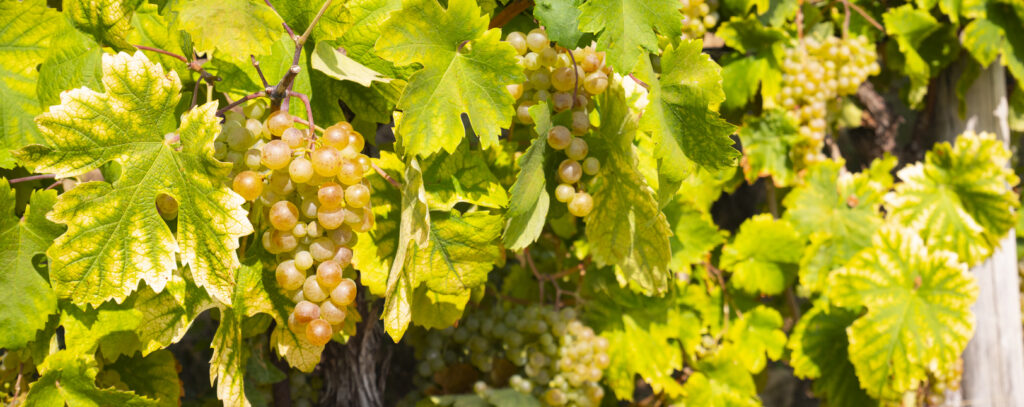
History and Origin
White Rioja wine has its roots in the Rioja region of Spain, a prestigious area renowned for its high-quality wines. The history of wine production in this region dates back over a thousand years, with evidence that viticulture existed in the area since the times of the ancient Romans. The Rioja region comprises three sub-regions: Rioja Alta, Rioja Alavesa, and Rioja Baja.
In the 19th century, the wine production techniques in Rioja saw a significant change, as French winemakers, particularly from Bordeaux, began to invest in the area. They brought with them new methods of production, and white Rioja wine started to gain recognition for its distinct characteristics and complex flavor profile. It gained further prominence when Spanish wine laws were established in the early 20th century, recognizing the Rioja appellation and regulating the winemaking practices in the region.
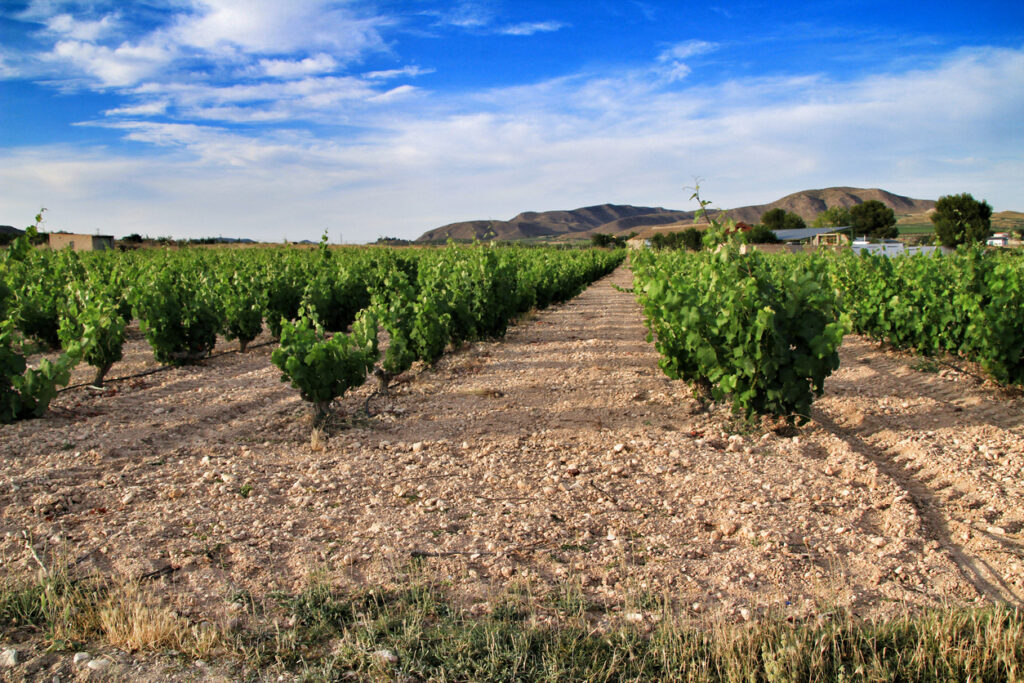
White Rioja wines are primarily made from the Viura grape variety, also known as Macabeo. Other grape varieties, such as Garnacha Blanca, Malvasia, and Tempranillo Blanco, are sometimes used in smaller proportions to create unique and diverse blends.
Modern-day white Rioja wines showcase the region’s rich history and tradition. From young and fresh expressions to aged, oxidative styles, these wines offer a wide range of flavors and textures for wine enthusiasts to enjoy. As the wine industry in the Rioja region continues to evolve, it remains committed to producing top-quality white Rioja wines that reflect the unique terroir of this historical area within Spain.
Grape Varieties
Viura
Viura is the primary grape variety used in the production of White Rioja wine. This grape is known for its versatility and ability to produce wines with varying levels of acidity and complexity. Viura has a light, fruity aroma, which can range from apple and pear to more floral notes, depending on the winemaking technique employed.
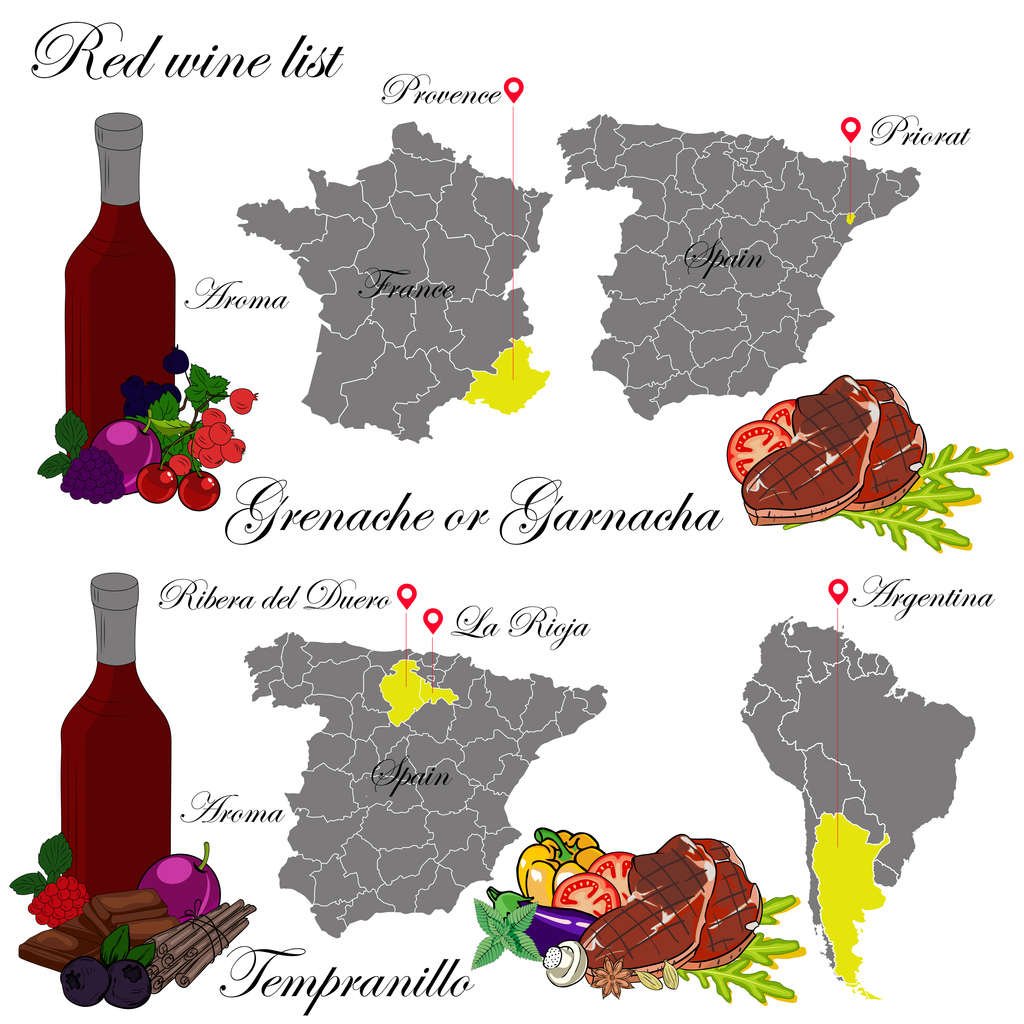
Tempranillo Blanco
Tempranillo Blanco is a relatively rare white grape variety in Rioja, a mutation of the better-known Tempranillo red grape. It contributes fresh citrus and stone fruit flavors to the blend, as well as a bright acidity and structure. Tempranillo Blanco wines can range from light and approachable to more full-bodied and complex styles, depending on the winemaking process.
Maturana Blanca
Maturana Blanca is another rare grape variety originating from the Rioja region. This early-ripening grape is known for its high acidity and delicate fruity and floral aromas. Maturana Blanca is typically used as a blending grape to add freshness and complexity to White Rioja wines.

Garnacha Blanca
Garnacha Blanca is a white grape variety commonly found in Rioja and other Spanish wine regions. This grape is characterized by its high sugar content, which can yield wines with a higher alcohol content and a rich, round mouthfeel. Garnacha Blanca tends to impart flavors of citrus, stone fruit, and white flowers to the wine.
Malvasía
Malvasía, or Malvasía de Rioja, is another important grape in the White Rioja blend. This late-ripening variety contributes tropical fruit flavors and a natural sweetness to the blend. Malvasía is also known for its aging potential, with some notable examples of aged White Rioja showcasing the complex flavors and aromas this grape can develop over time.

Winemaking Process
Fermentation
In the winemaking process of White Rioja, the grapes, often a blend of Viura and sometimes Verdejo, are first pressed and then go through fermentation. This process is carefully managed to retain the natural acidity in the wine. The fermentation temperature is controlled to ensure a slow and steady conversion of sugars to alcohol, which helps maintain the desired balance of flavors and aromas.
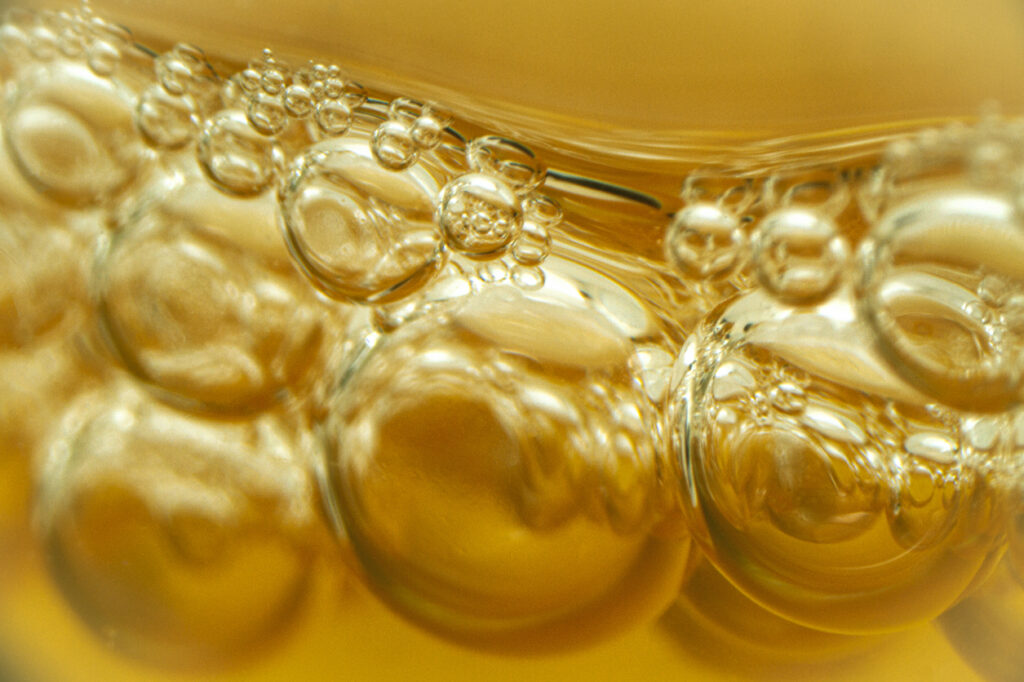
Aging
After fermentation, the wine undergoes a period of aging. This aging process is essential in the production of White Rioja, as it contributes to its distinctive profile. The length of aging can vary depending on the desired outcome, but it generally ranges from several months to several years. During this time, the wine develops its complexity, body, and flavor.
Oak Barrels
One of the key aspects of White Rioja’s winemaking process is the use of oak barrels for aging. Oak barrels, mainly American oak, provide flavors and tannins that contribute to the wine’s profile. The choice of oak is critical, as it can significantly impact the final product. While American oak is the most common choice due to its availability and affordability, some winemakers also opt for French oak barrels, which offer a more delicate flavor profile and softer tannins.
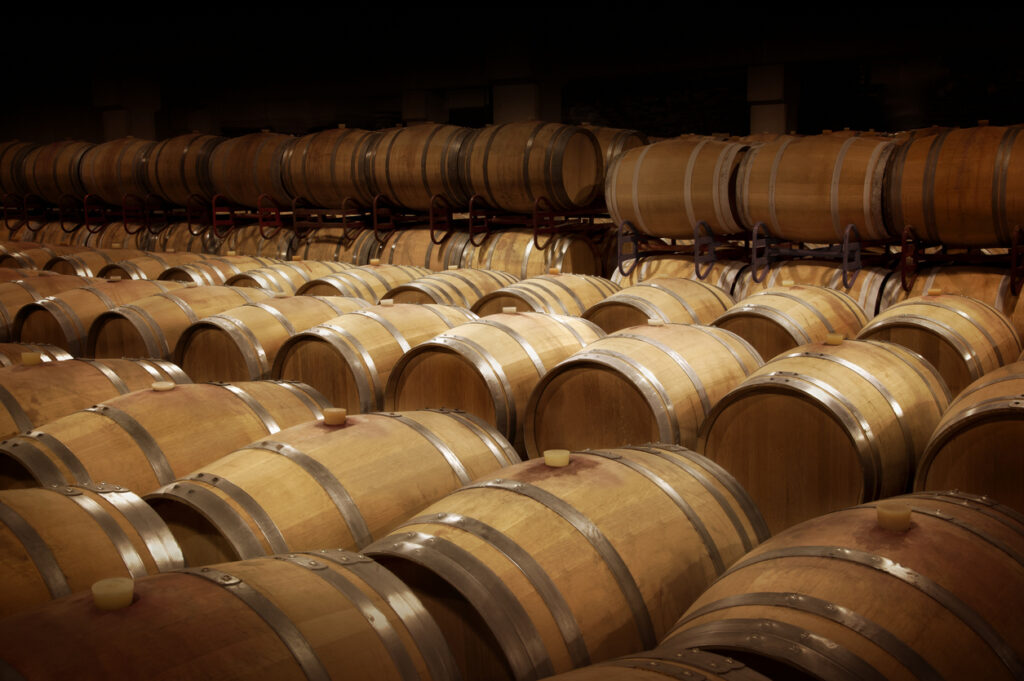
The use of oak barrels in White Rioja’s production has its roots in the Bordeaux tradition, where wines are aged in oak to develop their unique characteristics. As the wine spends time in the oak barrels, it takes on flavors such as vanilla, toast, and spice, while also softening and integrating its acidity.
By incorporating the fermentation, aging, and oak barrel processes, White Rioja winemakers are able to create a wine that is both complex and enjoyable, displaying a balance of acidity and flavorful notes characteristic of this beloved Spanish wine.
Rioja Wine Classification
Joven
Joven, meaning “young” in Spanish, refers to Rioja wines that are typically aged for a short period of time, usually less than a year. These wines showcase the fresh, fruity characteristics of the grape variety and are better suited for immediate consumption. They do not typically undergo any oak aging or barrel aging process. Joven Rioja wines offer bright flavors and a crisp, refreshing palate.
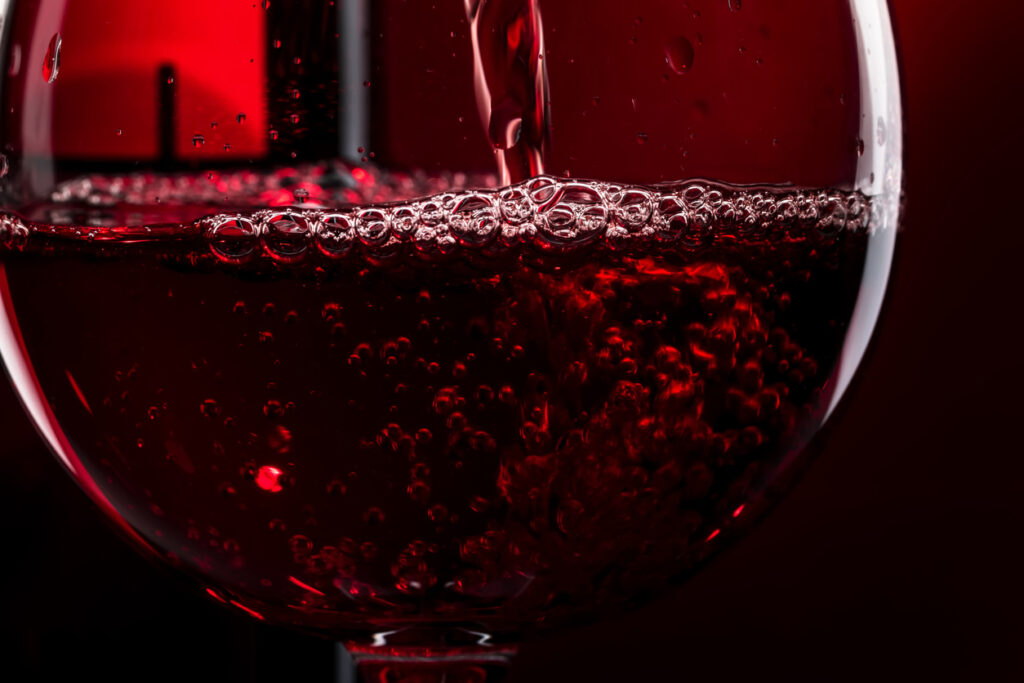
Crianza
Crianza wines represent the next tier in the Rioja classification system. These wines must be aged a minimum of two years, with at least one year spent in oak barrels. The oak aging imparts more complex, developed flavors to the wine compared to Joven Riojas. They exhibit some tannic structure, making them suitable for short-to-medium-term cellaring. Crianza wines offer a balance between the fresh fruitiness of Joven wines and the complexity from oak aging.
Reserva
Reserva wines are higher quality aged wines in the Rioja classification. They must undergo a minimum of three years of aging, with at least one year in oak barrels and the remaining time in the bottle. These wines develop more complex, mature flavors from extended oak and bottle aging. Reserva wines typically showcase greater depth and a well-integrated structure, suitable for medium-to-long-term cellaring. The additional aging time brings forward spiced and savory notes to complement the fruit flavors.
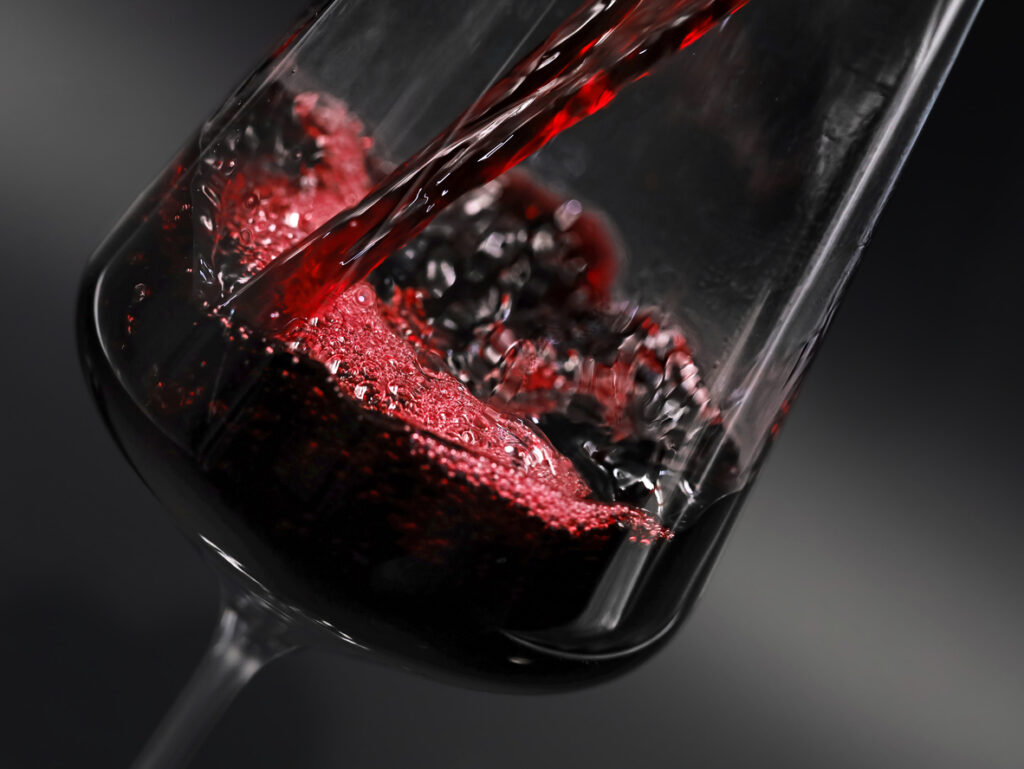
Gran Reserva
Gran Reserva represents the pinnacle of Rioja wine quality. Reserved for only the best vintages, these wines are aged for a minimum of five years, with at least two years in oak barrels and a further three years in the bottle. Gran Reserva wines are known for their intense, complex flavors and exceptional aging potential. The extended aging process allows the wines to develop rich, layered profiles with well-integrated tannins and a profound depth of flavor. As a result, Gran Reserva Riojas are highly sought-after by wine enthusiasts and collectors alike.
Flavor Profile and Aromas
White Rioja Wine offers a delightful range of flavors and aromas that capture the essence of the region’s grapes. On the palate, one can often detect a harmonious blend of fruity and mineral notes. Prominent fruit flavors include lemon, lime, green apple, and melon. As the wine matures, more complex flavors such as roasted pineapple can emerge, adding depth and character to the overall taste.
The aroma profile of White Rioja Wine is equally enticing, with hints of citrus fruit like lemon and lime mingling with the distinct scent of green apple and melon. In some cases, particularly for aged white Riojas, subtle hazelnut notes can also be appreciated.

The mineral components found in the terroir of the Rioja region also play a key role in shaping the flavor and aroma of the wine. These minerals lend a distinctive character to White Rioja Wine, providing a unique identity that sets it apart from other white wines.
In summary, White Rioja Wine boasts a rich and diverse flavor profile that is dominated by fruity elements like lemon, lime, green apple, and melon complemented by mineral undertones. The enticing aroma adds to the overall tasting experience, seducing the senses before the first sip. While aging can introduce deeper flavors such as roasted pineapple and hazelnut, White Rioja Wine remains a versatile option suitable for a wide array of occasions, promising a confident and pleasurable experience for the discerning wine lover.
Pairing White Rioja with Food
White Rioja wine offers a unique and versatile profile, perfect for pairing with a variety of dishes. Its characteristics typically include bright acidity, savory undertones, and a mix of fruit and floral notes. The following food pairings complement White Rioja’s distinct flavors.
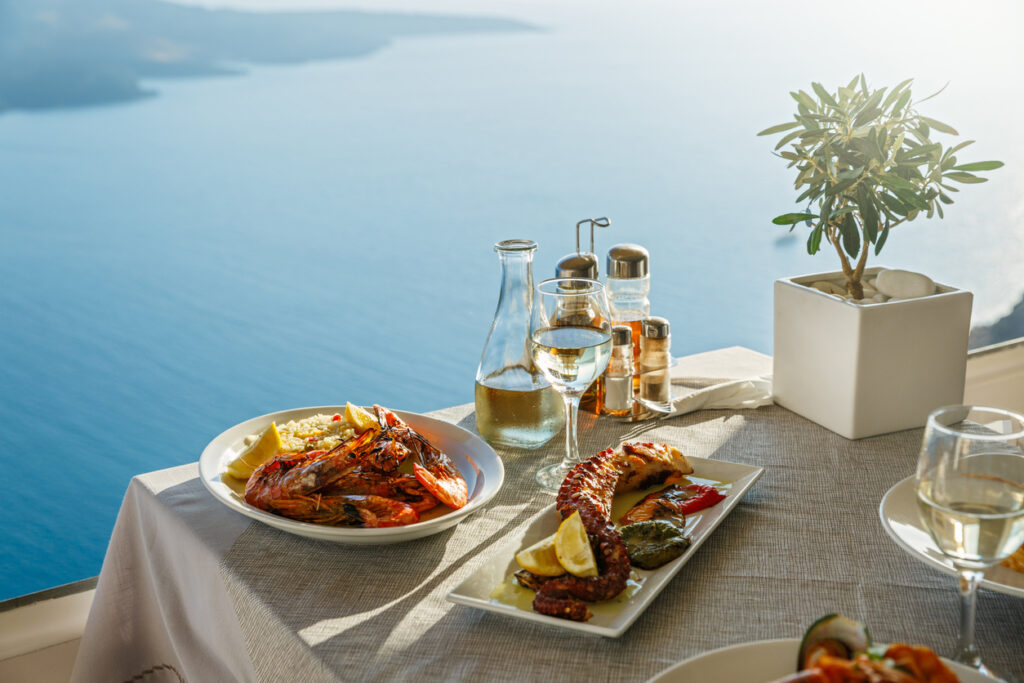
Seafood is an excellent choice to pair with White Rioja. Its acidity and fruit-forward nature enhance the flavors of fish dishes, such as cod, sea bass, and halibut. Consider trying White Rioja with seared scallops or shrimp for a delightful pairing that highlights the wine’s brightness.
Serrano ham, a Spanish cured meat, is another suitable pairing for White Rioja. The savory flavors of this thin-sliced delicacy are nicely balanced with the wine’s acidity, creating an appetizing combination. Serve Serrano ham with a glass of White Rioja as an elegant appetizer or tapas dish during a special occasion.
Rioja white wines further enrich the distinct, earthy taste of asparagus, a popular vegetable dish. Grilled or roasted asparagus with a touch of olive oil and salt is a delightful side dish that enhances the wine’s subtle savory notes.

Grilled meats, such as chicken or pork, also pair well with White Rioja. The wine’s acidity and herbal notes complement the smoky, charred flavors created through grilling. A simple herb marinated chicken or pork chop is an excellent choice to accompany a refreshing glass of White Rioja wine.
Rioja Wine Regions
Rioja Alta
You can find this region in the western part of the Rioja wine region. Wine enthusiasts know the Rioja Alta region for its high-elevation vineyards and cooler climate. This area produces wines with a higher acidity and a more elegant, complex profile. The vineyards in the Rioja Alta region benefit from the influences of the Atlantic Ocean and the Ebro River, which help to moderate the climate. The soils in this area are predominantly clay and limestone, which contribute to the balanced acidity and minerality in the wines produced here. Some of the prominent grape varieties grown in Rioja Alta are Tempranillo, Garnacha, and Viura.
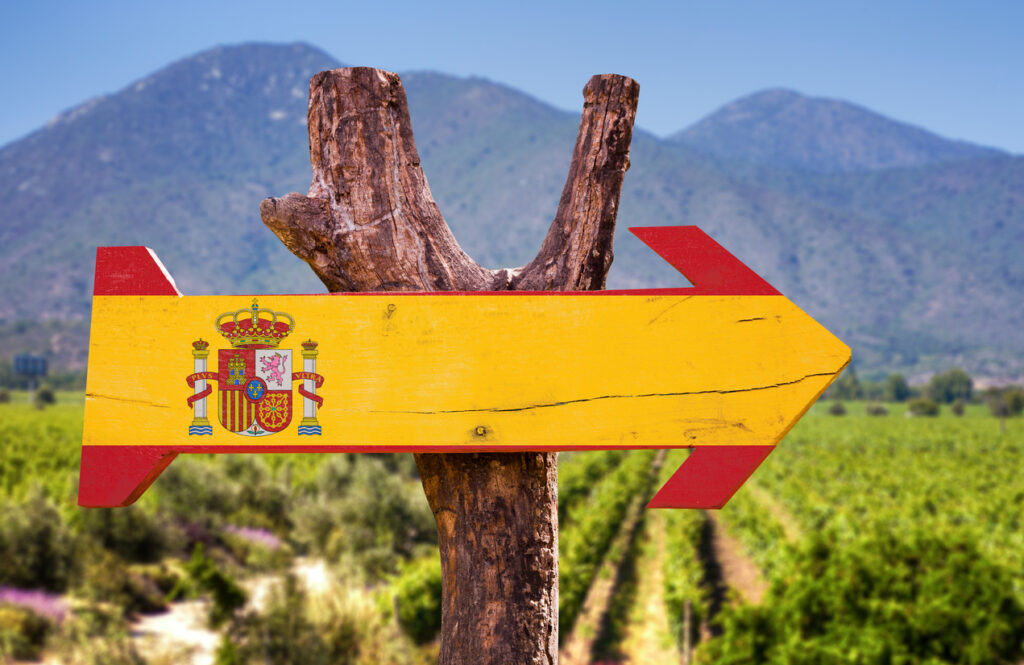
Rioja Alavesa
Rioja Alavesa, situated close to the Cantabrian Mountains, is a relatively small region in comparison to Rioja Alta. It shares a border with the Basque region of Alavesa and lies within the province of Álava. Despite its size, Rioja Alavesa has gained a reputation for producing some of the finest wines from the Rioja region, thanks to its unique terroir.
The vineyards here are characterized by chalky, well-drained soils and a slightly cooler climate compared to its counterparts. This allows for slower grape maturation, resulting in wines that are rich in flavor and bold in structure. The primary grape variety is Tempranillo, but you can find other varieties like Graciano and Mazuelo.
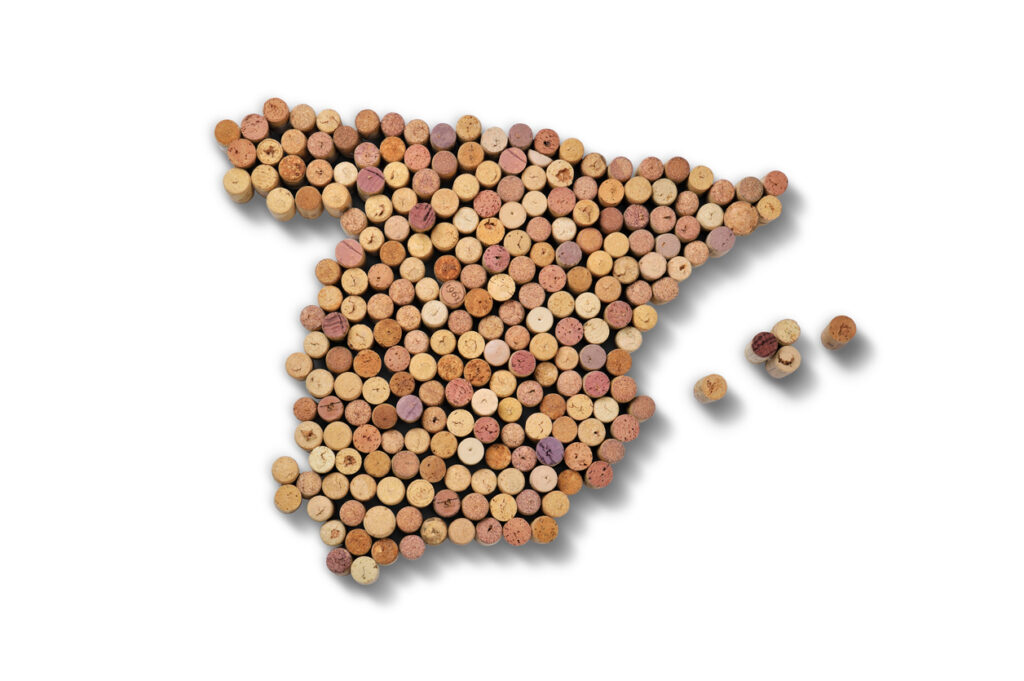
Rioja Oriental
Formerly known as Rioja Baja, Rioja Oriental is the eastern part of the Rioja wine region and shares a border with Navarra. This area experiences a warmer, more Mediterranean climate, resulting in riper and more fruit-forward wines. The vineyards in Rioja Oriental are spread across the fertile valley floors and the slopes of the Ebro River, with the primary grape variety being Garnacha.
However, Tempranillo and other indigenous grape varieties such as Mazuelo and Graciano are also cultivated. The wines from Rioja Oriental typically have a higher alcohol content and lower acidity compared to those from Rioja Alta and Rioja Alavesa.
Popular Producers and Wines
Cava Monopole
CVNE is a renowned producer in the Rioja region, responsible for the creation of exceptional white Rioja wines. Established in 1879, this longstanding winery has gained a reputation for its classic and high-quality wines. Their white Rioja, Cava Monopole, is a must-try for anyone seeking an introduction to this wine style. Made primarily from the Viura grape, this wine offers a refreshing and crisp flavor profile that pairs perfectly with seafood dishes.

Rioja Vega
Another notable producer is Rioja Vega. Known for crafting excellent Viura-based white Riojas, Rioja Vega utilizes modern winemaking techniques. They express the unique characteristics of the region’s terroir. Their Rioja Vega Viura offers a vibrant and lively palate, showcasing the versatility of the Viura grape.
Many wineries in the Rioja region have adopted the Consejo Regulador’s guidelines in their wine production. This ensures the highest quality standards. These wineries produce a diverse range of white Riojas, offering something for every palate.

In summary, White Rioja wine enthusiasts should definitely explore offerings from CVNE, Rioja Vega, and other wineries that adhere to the Consejo Regulador guidelines. With their distinct flavor profiles and commitment to quality, these producers continue to push the boundaries of what White Rioja can achieve.
Other White Wines from Spain
In addition to White Rioja, Spain is home to various other exceptional white wines that should not be overlooked. From Chardonnay and Sauvignon Blanc to the indigenous grapes like Macabeo and Graciano, the diverse Spanish terroir produces a wide range of whites for any palate.
Sauvignon Blanc and Chardonnay
Chardonnay and Sauvignon Blanc are two classic international grape varieties that have found their way into Spanish vineyards. These whites tend to have fruity and crisp flavor profiles. Chardonnay offers notes of apple and pear, while Sauvignon Blanc showcases vibrant citrus flavors. These wines are refreshing choices on their own, but also pair well with a variety of dishes.

Macabeo
Macabeo, also known as Viura, is another vital white grape in Spain, particularly in the D.O.Ca. Rioja region. Winemakers often use it as a blending grape in White Rioja wines. It contributes fresh acidity and delicate floral notes. On its own, Macabeo produces light and refreshing whites that are perfect for sipping on warm summer days.
Graciano
Wine lovers usually associate Graciano with red wines, but this versatile grape can also produce enticing rosé and white wines. The whites made from Graciano have a rich and aromatic profile. Their spicy and herbal notes that make them an excellent accompaniment to seafood and grilled vegetables.
Spain is also famed for its sparkling wines, with Cava reigning supreme. Made predominantly from Macabeo, Xarel-lo, and Parellada grapes, Cava showcases a diverse range of flavors and styles. From crisp and zesty to creamy and full-bodied, there is a Cava suited for any occasion or palate.
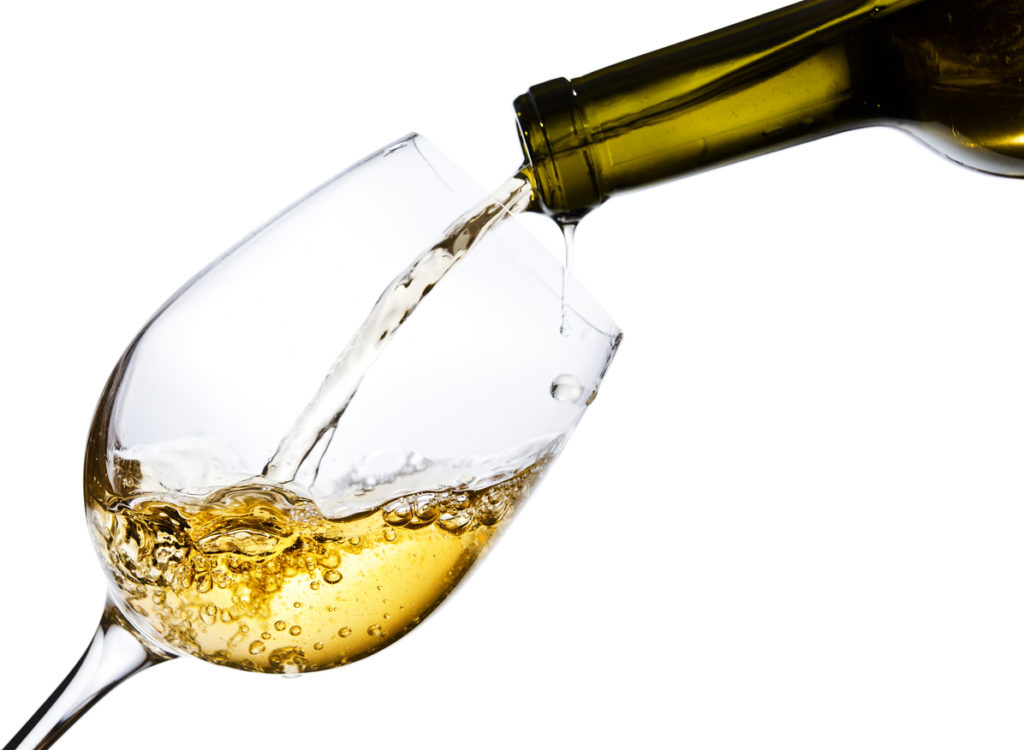
The varied terroir and climate of Spain allows for a plethora of unique white and rosé wines. The diversity of styles ensures that there is a Spanish white wine to satisfy every preference and complement any meal.
Phylloxera Crisis and Impact on White Riojas
The Phylloxera crisis, a significant moment in the history of winemaking, had a profound effect on White Riojas. Phylloxera, a grapevine pest, devastated the European wine industry in the late 1800s. The vineyards in the Rioja region were no exception.
Vineyards across the continent struggled to find a solution to the devastation. Many grape varieties, including the Viura grapes that are so integral to White Riojas, faced serious threats. Viura grapes, recognized for their fresh flavor and acidity, are the primary grape variety in White Rioja wines. They found themselves at the center of the Phylloxera crisis.

Protection Against Phylloxera
Winemakers in the Rioja region were forced to seek alternative methods to protect their vineyards from the pest. One of the methods was grafting grapevine roots onto Phylloxera-resistant American rootstocks. This process saved the wine industry in Europe, including the production of White Rioja wines. In turn, this allowed the Viura grape and other grape varieties in the region to continue cultivating without the looming danger of this invasive pest.
However, the crisis had lasting effects on the White Rioja production and how it was perceived globally. Prior to the Phylloxera outbreak, White Riojas were already facing competition from other popular white wine varieties worldwide. The crisis further hindered the growth of White Rioja,. Vineyard owners and winemakers had to prioritize rebuilding their vineyards and investing in more profitable red wine varieties.

Despite these challenges, the White Rioja wine industry managed to survive and evolve. Today, Viura grapes continue to be the backbone of White Rioja wines, offering exceptional aromas, flavors, and aging potential. The Phylloxera crisis left an indelible mark on the wine industry. It also inspired innovation and determination in the winemakers of the Rioja region, leaving a legacy that persists even today.

